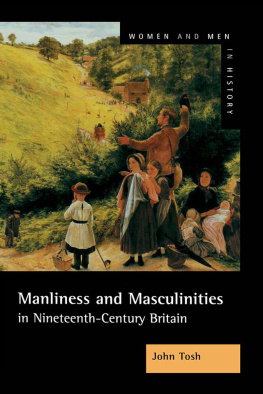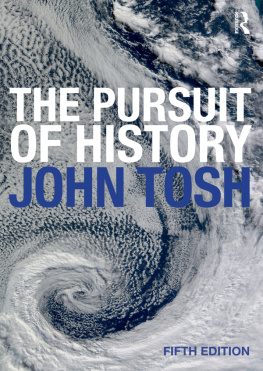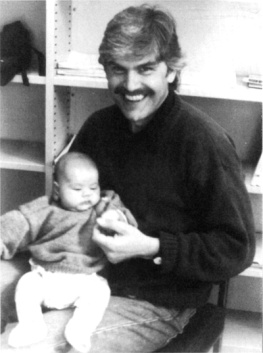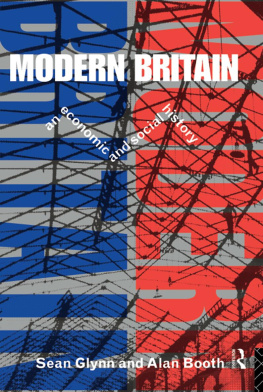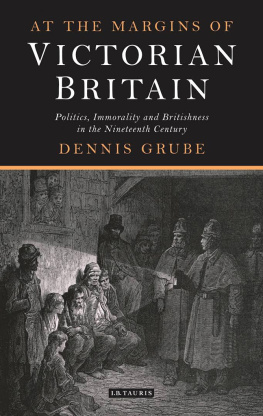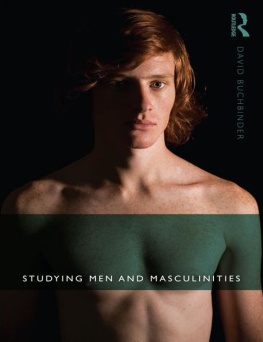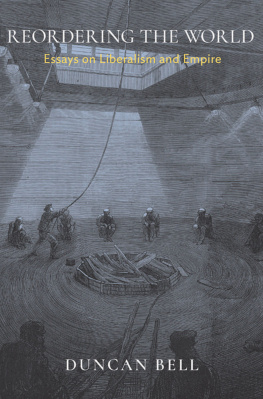Manliness and Masculinities Nineteenth-Century Britain
WOMEN AND MEN IN HISTORY
This series, published for students, scholars and interested general readers, will tackle themes in gender history from the early medieval period through to the present day. Gender issues are now an integral part of all history courses and yet many traditional texts do not reflect this change. Much exciting work is now being done to redress the gender imbalances of the past, and we hope that these books will make their own substantial contribution to that process. We hope that these will both synthesise and shape future developments in gender studies.
The General Editors of the series are Patricia Skinner (University of Southampton) for the medieval period; Pamela Shrpe (University of Bristol) for the early modern period; and Penny Summerfield (University of Lancaster) for the moder n period. Margaret Watsh (University of Nottingham) was the Foundig Editor of the series.
Published books
Imperial Women in Byzantium, 1025-1204: Power, Patronage and Ideology Barbara Hill
Masculinity in Medieval Europe D. M. Hadley (ed.)
Gender and Society in Renaissance Italy Judith C. Brown and Robert C. Davis (eds)
Widowhood in Medieval and Early Modern Europe Sandra Cavallo and Lyndan Warner (eds)
Gender Church and State in Early Modern Germany: Essays by Merry E. Wiesner Merry E. Wiesner
Manhood in Early Modern England: Honour Sex and Marriage Elizabeth W. Foyster
English Masculinites, 1600-1800 Tim Hitchcock and Michele Cohen (eds)
Disorderly Women in Eighteenth-Century London. Prostitution in the Metropolis, 1730-1830 Tany Henderson
Gender, Power and the Unitarian in England, 1760-1860 Ruth Watts
Practical Visionaries: Women, Education and Social Progess, 1790-1930 Mary Hilton and Pam Hirsch (eds)
Women and Work in Russia, 1880-1930: A Study in Continuity through Change Jane McDermid and Anna Hilyer
More than Munitions: Women, Work and the Engineering Industries 1900-1950 Clare Wightman
Women in British Public Life, 1914-1950: Gender, Power and social Policy Helen Jones
The Family Story: Blood, Contract and Intimacy, 1830-1960
Leonore Davidoff, Megan Doolittle, Janet Fink and Katherine Holden
Women and the Second World War in France, 1939-1948: Choices and Constraints Hanna Diamond
Men and the Emergence of Polite Society, Britain 1660-1800 Phillip Carter
Everyday Violence in Britain, 1850-1950: Gender and Class Shani D'Cruze (ed.)
Women and Ageing in British Society Since 1500 Lynn Botelho and Pat Thane (eds)
Medieval Memories: Men, Women and the Past, 700-1300 Elisabeth van Houts (ed.)
Family Matters: A History of Ideas about Family since 1945 Michael Peplar
Domestic Service and Gender, 1660-1750 Tim Meldrum
Blood, Bodies and Families in Early Modern England Patricia Crawford
A History of Women in Ireland, 1500-1800 Mary O'Dowd
Manliness and Masculinities in Nineteenth-Century Britain John Tosh
Manliness and Masculinities in NineteenthCentury Britain
Essays on gender, family and empire
John Tosh
First published 1993 by Pearson Education Limited
Published 2016 by Routledge
2 Park Square, Milton Park, Abingdon, Oxfordshire OX14 4RN
711 Third Avenue, New York, NY 10017
First issued in hardback 2016
Routledge is an imprint of the Taylor and Francis Group, an informa business
2005 Taylor & Francis
The right of John Tosh to be identified as author of this work has been asserted by him in accordance with the Copyright, Designs and Patents Act 1988.
All rights reserved. No part of this book may be reprinted or reproduced or utilised in any form or by any electronic, mechanical, or other means, now known or hereafter invented, including photocopying and recording, or in any information storage or retrieval system, without permission in writing from the publishers.
Notices
Knowledge and best practice in this field are constantly changing. As new research and experience broaden our understanding, changes in research methods, professional practices, or medical treatment may become necessary.
Practitioners and researchers must always rely on their own experience and knowledge in evaluating and using any information, methods, compounds, or experiments described herein. In using such information or methods they should be mindful of their own safety and the safety of others, including parties for whom they have a professional responsibility.
To the fullest extent of the law, neither the Publisher nor the authors, contributors, or editors, assume any liability for any injury and/or damage to persons or property as a matter of products liability, negligence or otherwise, or from any use or operation of any methods, products, instructions, or ideas contained in the material herein.
British Library Cataloguing in Publication Data
A CIP catalogue record for this book can be obtained from the British Library
Library of Congress Cataloguing in Publication
A CIP catalog record for this book can be obtained from the Library of Congress
ISBN 13; 978-1-138-17366-8 (hbk)
ISBN 13: 978-0-582-40449-6 (pbk)
Set by 35 in 9/13.5pt Stone Serif
Contents
Over the ten years in which the essays in this volume were written, a great many people have given invaluable help and advice. I am particularly grateful to Michle Cohen, Leonore Davidoff, Megan Doolittle, Catherine Hall, Jim Hammerton, Tim Hitchcock, Angela John, Ludmilla Jordanova, Keith McClelland, Michael Roper and Bob Shoemaker: to all I have accumulated debts over several years. Both the University of North London and the University of Surrey Roehampton have generously supplied research leave. The final two chapters bear the imprint of a term visiting the History Department of the University of Natal at Durban, and for that I warmly thank Jeff Guy.
For permission to reprint copyrighted material I am grateful to Oxford University Press (for ).
Caroline White has provided support and respite in more ways than she probably realizes.
John Tosh
London, April 2004
This book brings together a body of exploratory work which I have written over the past ten years. In 1994, when the earliest piece was published, it was far from clear what the history of masculinity comprised, and to the majority of historians the very idea was eccentric and provocative. Certainly a book of this kind was inconceivable. A decade later masculinity is a recognized area of enquiry. There is a steady flow of monographs, and if the field does not have its own journal, it has a ready entry into many others, which is a rather more telling indication of its maturity. The essays collected here serve to document the rapid emergence of a new and increasingly important field, partly by proposing new frameworks of interpretation, and partly by exploring the broader implications of work done by other scholars. All of the essays, including the more narrowly focused ones, were intended to take forward the definition of this new field.
It would, however, be misleading to regard this book as a comprehensive guide. It could only be that if the history of masculinities were a thematically and theoretically coherent field. In fact, like-so many other new areas of research, masculinity is studied in a variety of ways. The current constitution of the field accurately reflects the tension between social and cultural approaches which characterizes so much of academic history at the present time.

